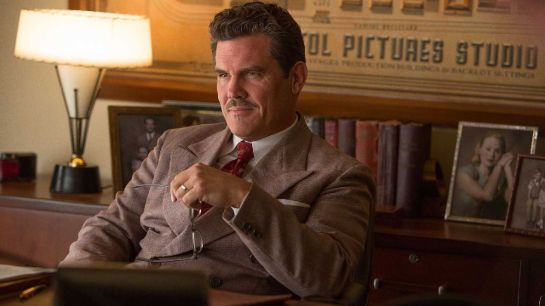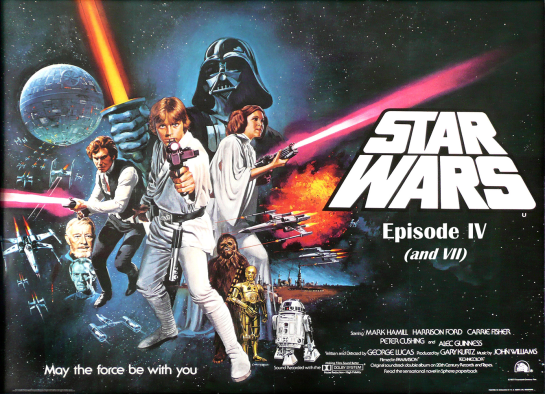
A wonderful thing about the stage show Puppet Up! is that like all good improv shows, the lights go up, then good or bad, the sketch happens, and then the lights come down.
There is a window for the jokes to live or die, for the story to succeed or fail, for the characters to evolve or not.
And then the window closes, and we move on to the next sketch.
The Happytime Murders is what happens when that window refuses to close, or at least takes 91 minutes to close.
The plot is classic film noir. [NO SPOILERS]
The world is modern day Los Angeles, but it is now populated by humans and puppets, only the puppets are considered second-class citizen. The story centres on the exploits of Phil Phillips (Bill Barretta), washed up cop and now puppet private eye, and a sudden killing spree that forces Phil to work with his old human partner Connie Edwards (Melissa McCarthy).
Old wounds run deep. Pain and distrust drips from the walls.
And then there’s this dame with a body that literally just won’t quit.
Now, atop that film noir scaffold, you can layer…no, trowel…no, backhoe 1000 sex jokes, puppets saying “fuck” every few seconds, and a rather unnerving cowsturbation moment and you have The Happytime Murders.
There is no doubt that Henson Alternative can do puppetry, and this film is ALL about the puppetry.
[Disclosure/Bragging: I personally know some of the puppeteers who worked on this film. (See Puppet Up! visits Toronto)]
The skill with which this movie was made is astounding, particularly if you watch the behind-the-scene videos on YouTube. These are seriously talented and amazingly funny people.
It was obvious in Puppet Up! It is obvious in The Happytime Murders.
As expected, the human actors simply cannot keep up with their frenzied felted friends. Even Melissa McCarthy at her Melissa McCarthy-est cannot compete on screen with these little monsters…seriously, she might as well have been Jenny McCarthy. (Note: Not intended as a slight on MM.)
The lone human performer who stood out and more than held her own was the delightful Maya Rudolph. I have always had my suspicions about that lady…that she is not fully human…this performance may have proven me right.

So, if the puppetry was so brilliant, why didn’t this work for me?
Aside from lights cutting scenes off, the one thing that Puppet Up! has that the movie doesn’t is an emcee (ringmaster? Nurse Ratchet?) of the stage show.
As funny as the emcee is as a performer, he grounds the show. He keeps the performance from getting crazy…well, crazier…well, stupid. And he serves as a connection to the audience, joining us in our confusion or surprise.
There was no such grounding force in the movie, literally or metaphorically. There was little to emotionally connect us to the characters, and what little that was there was quickly swallowed by the next fellatio joke.
Speaking of which, where was the cleverness and the wit, the cutting satire and insightful playfulness that we routinely see in Henson outings and even in the raunchiest of Puppet Up! sketches?
From a comedy perspective, they took the best of The Muppet Show and rewrote it with the worst of Beavis & Butthead and Dude, Where’s My Car?
I’m not trying to point a finger of blame as I’m not sure blame is necessary or relevant. It was an experiment, and not all experiments are successful.
To that end, I hope there are more outings with these characters—again, particularly when you see what is possible from these talented people—I just hope in future efforts, they simply let the characters be real and don’t feel that they need to center all of the humour on their puppetness.
Otherwise, it is a felted minstrel show, and there would be the greatest irony in the world given the central conceit of The Happytime Murders.
Award-winning screenwriter Randall C Willis is Story Analyst & Coach at So, What’s Your Story? (Facebook page). He also teaches screenwriting in Toronto at Raindance Canada and George Brown College.






























